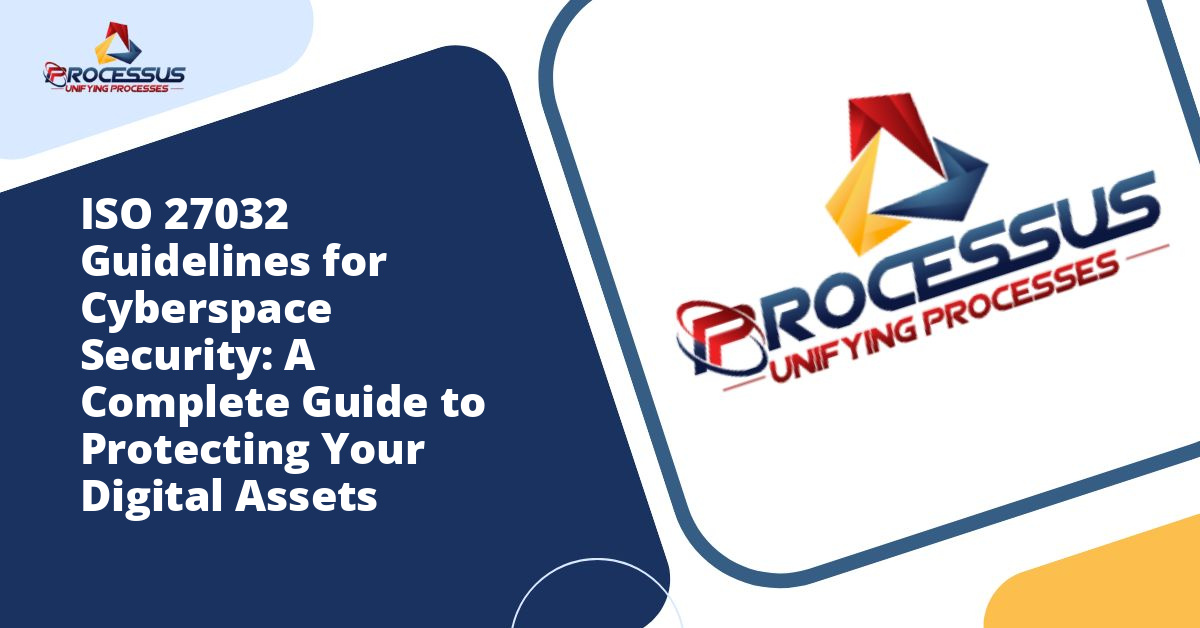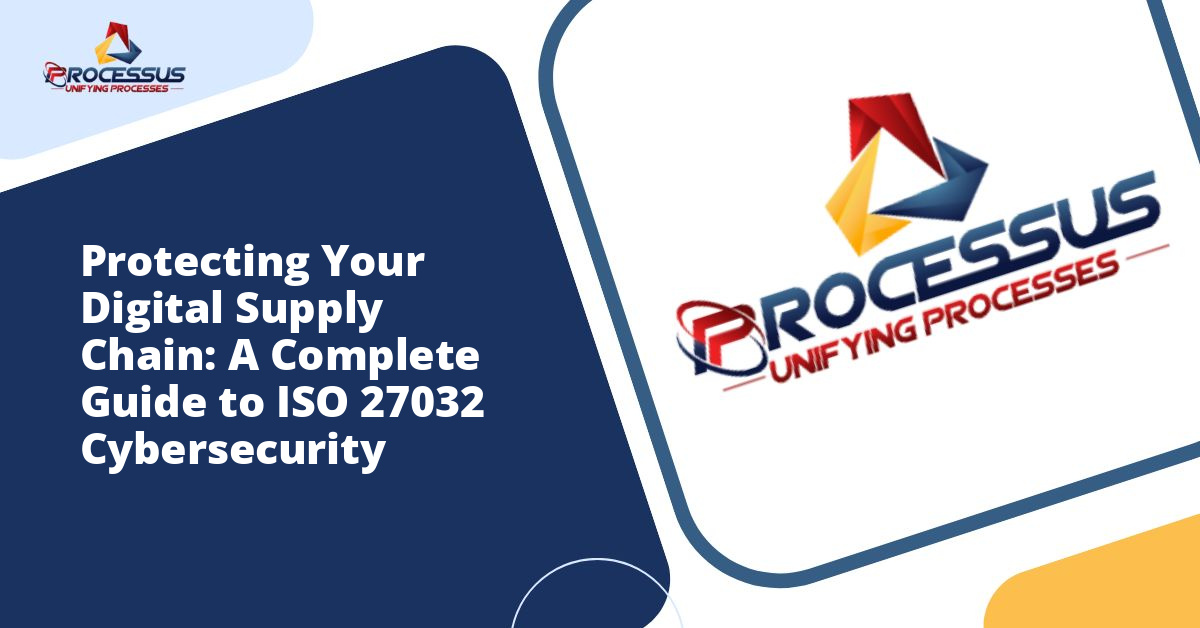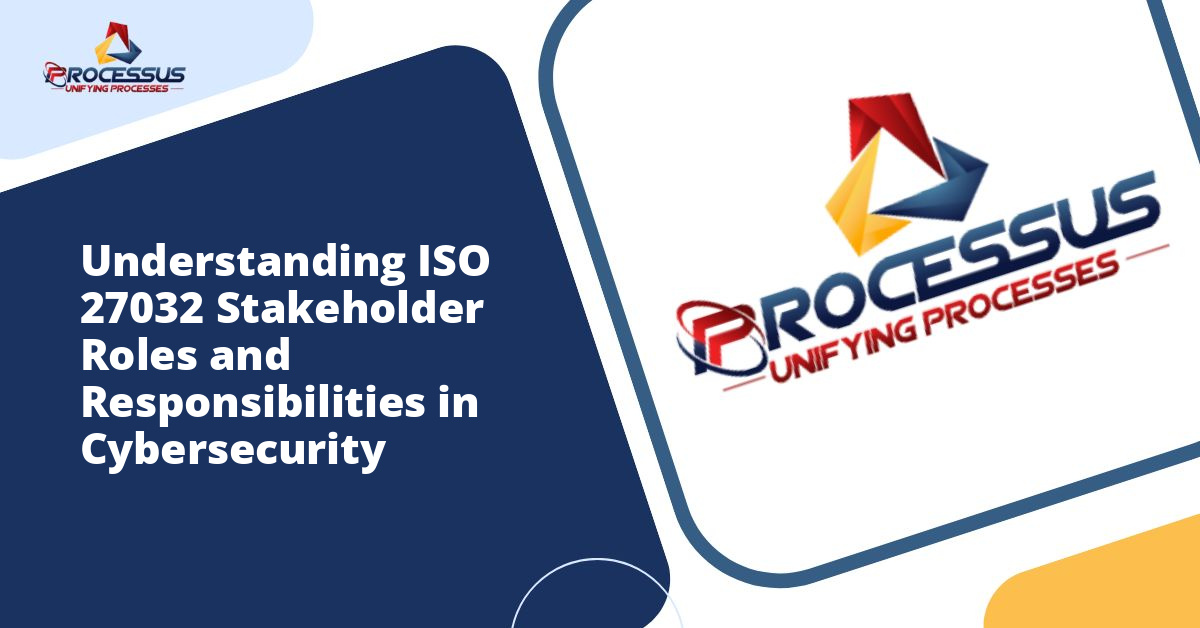In an era where digital threats continue to evolve at an alarming rate, organizations and individuals alike face unprecedented challenges in safeguarding their online presence. The ISO 27032 standard emerges as a beacon of guidance, offering comprehensive frameworks and best practices for cyberspace security. This international standard addresses the growing need for coordinated efforts in protecting our interconnected digital world.
As cyberattacks become more sophisticated and frequent, understanding the principles outlined in ISO 27032 has never been more critical. This guide explores the essential elements of this standard, helping you navigate the complex landscape of cybersecurity and implement effective protective measures for your organization.
Understanding ISO 27032 and Its Significance
ISO 27032, officially titled “Information technology – Security techniques – Guidelines for cybersecurity,” represents a crucial component of the broader ISO 27000 family of standards. Published by the International Organization for Standardization (ISO) and the International Electrotechnical Commission (IEC), this standard specifically focuses on the security aspects of cyberspace.
Unlike other standards that concentrate on specific areas like information security management or network security, ISO 27032 takes a holistic approach to cybersecurity. It addresses the unique challenges that arise when multiple domains intersect in the digital realm, including internet security, network security, application security, and critical information infrastructure protection.
The standard serves as a bridge between various stakeholders in cyberspace, including individuals, organizations, and governments. By providing a common language and framework, ISO 27032 facilitates better communication and collaboration in addressing cyber threats that transcend traditional boundaries.
Core Principles of ISO 27032
The foundation of ISO 27032 rests on several fundamental principles that guide organizations in establishing robust cybersecurity practices. These principles reflect the interconnected nature of modern digital environments and the shared responsibility required to maintain security.
Stakeholder Collaboration
One of the distinguishing features of ISO 27032 is its emphasis on cooperation among different stakeholders. The standard recognizes that cybersecurity is not solely the responsibility of IT departments or security professionals. Instead, it requires active participation from all parties who interact with cyberspace, including end users, service providers, technology vendors, and regulatory bodies.
This collaborative approach acknowledges that cyber threats often exploit the gaps between different security domains. By encouraging stakeholders to work together, share information, and coordinate their responses, ISO 27032 helps create a more resilient cybersecurity ecosystem.
Risk-Based Approach
ISO 27032 advocates for a comprehensive risk assessment methodology that considers the specific threats and vulnerabilities present in cyberspace. Organizations are encouraged to identify their critical assets, evaluate potential risks, and implement controls proportionate to the level of threat they face.
This principle ensures that security resources are allocated efficiently, focusing on areas where they can provide the greatest protection. Rather than applying a one-size-fits-all solution, the risk-based approach allows organizations to tailor their security measures to their unique circumstances and requirements.
Defense in Depth
The standard promotes the implementation of multiple layers of security controls to protect against various types of cyber threats. This strategy, known as defense in depth, ensures that if one security measure fails, others remain in place to prevent or minimize damage.
Defense in depth encompasses technical controls like firewalls and encryption, administrative measures such as policies and procedures, and physical safeguards that protect hardware and infrastructure. This multi-layered approach creates a more robust security posture that can withstand sophisticated attacks.
Key Components of ISO 27032 Implementation
Implementing ISO 27032 involves several interconnected components that work together to create a comprehensive cybersecurity framework. Understanding these elements helps organizations develop effective strategies for protecting their digital assets.
Cybersecurity Framework Development
The first step in implementing ISO 27032 involves establishing a clear cybersecurity framework that aligns with organizational objectives and regulatory requirements. This framework should define roles and responsibilities, establish governance structures, and outline the processes for managing cybersecurity risks.
Organizations need to document their approach to cybersecurity, including policies, standards, and procedures that guide daily operations. This documentation serves as a reference point for employees and helps ensure consistent application of security measures across the organization.
Threat Intelligence and Monitoring
ISO 27032 emphasizes the importance of staying informed about emerging threats and vulnerabilities in cyberspace. Organizations should establish mechanisms for collecting, analyzing, and acting upon threat intelligence from various sources.
Continuous monitoring of systems and networks enables early detection of potential security incidents. By implementing robust monitoring capabilities, organizations can identify suspicious activities before they escalate into serious breaches. This proactive approach allows security teams to respond quickly and effectively to evolving threats.
Incident Response and Recovery
Despite best efforts at prevention, security incidents may still occur. ISO 27032 provides guidance on developing incident response capabilities that enable organizations to detect, contain, and recover from cybersecurity events.
An effective incident response plan includes clearly defined procedures for identifying incidents, assessing their impact, containing the damage, eradicating the threat, and restoring normal operations. Regular testing and updating of these plans ensure that response teams remain prepared to handle various scenarios.
Information Sharing and Collaboration
The standard encourages organizations to participate in information sharing initiatives with trusted partners, industry groups, and security communities. Sharing information about threats, vulnerabilities, and best practices helps the broader community improve their security postures.
However, information sharing must be conducted carefully to protect sensitive data and maintain confidentiality. ISO 27032 provides guidelines for establishing trust relationships and implementing secure communication channels for sharing cybersecurity information.
Technical Controls and Security Measures
ISO 27032 outlines various technical controls that organizations should consider implementing to protect their cyberspace assets. These controls address different aspects of cybersecurity and work together to create a comprehensive defense strategy.
Access Control and Authentication
Controlling who can access systems and data represents a fundamental aspect of cybersecurity. ISO 27032 recommends implementing strong authentication mechanisms, including multi-factor authentication, to verify the identity of users before granting access to sensitive resources.
Organizations should adopt the principle of least privilege, ensuring that users only have access to the information and systems necessary for their legitimate duties. Regular reviews of access rights help prevent unauthorized access and reduce the risk of insider threats.
Encryption and Data Protection
Protecting data both in transit and at rest is essential for maintaining confidentiality and integrity. ISO 27032 advocates for the use of strong encryption algorithms to safeguard sensitive information from unauthorized access or interception.
Organizations should implement encryption for communication channels, stored data, and backup systems. Additionally, proper key management practices ensure that encryption remains effective and that cryptographic keys are protected from compromise.
Secure Configuration and Patch Management
Many cybersecurity incidents result from exploiting known vulnerabilities in software and systems. ISO 27032 emphasizes the importance of maintaining secure configurations and promptly applying security patches and updates.
Organizations should establish processes for regularly reviewing system configurations, removing unnecessary services and applications, and ensuring that all software remains up to date. Automated patch management tools can help streamline this process and reduce the window of vulnerability.
Network Security Controls
Protecting network infrastructure forms a critical component of cybersecurity. ISO 27032 recommends implementing firewalls, intrusion detection and prevention systems, and network segmentation to control traffic flow and detect malicious activities.
Network monitoring tools help identify unusual patterns or suspicious behavior that may indicate a security incident. By analyzing network traffic and maintaining detailed logs, organizations can detect and respond to threats more effectively.
Human Factors in Cybersecurity
While technical controls are essential, ISO 27032 recognizes that human factors play a crucial role in maintaining cybersecurity. People often represent both the weakest link and the strongest defense in security systems.
Security Awareness and Training
Organizations must invest in comprehensive security awareness programs that educate employees about cyber threats and their responsibilities in protecting organizational assets. Regular training sessions help staff recognize phishing attempts, social engineering tactics, and other common attack vectors.
Training should be tailored to different roles and responsibilities within the organization. While all employees need basic security awareness, those in sensitive positions require more specialized training on advanced threats and security protocols.
Creating a Security Culture
Beyond formal training, ISO 27032 encourages organizations to foster a culture where security is valued and prioritized. This involves leadership commitment, clear communication about security expectations, and recognition of employees who demonstrate good security practices.
A strong security culture empowers employees to report suspicious activities without fear of repercussion and encourages them to view security as an integral part of their daily responsibilities rather than an inconvenience.
Governance and Compliance Considerations
Effective cybersecurity requires strong governance structures that provide oversight and direction for security initiatives. ISO 27032 offers guidance on establishing governance frameworks that align cybersecurity efforts with organizational objectives.
Management Responsibility
Senior management must demonstrate commitment to cybersecurity by allocating adequate resources, setting clear expectations, and holding individuals accountable for security responsibilities. This leadership involvement ensures that cybersecurity receives appropriate attention and priority within the organization.
Regular reporting to management about cybersecurity risks, incidents, and the effectiveness of controls helps maintain awareness at the executive level and facilitates informed decision-making about security investments.
Regulatory Compliance
Many organizations must comply with various legal and regulatory requirements related to cybersecurity and data protection. ISO 27032 helps organizations understand how cybersecurity fits within broader compliance obligations and provides a framework for meeting these requirements.
By implementing ISO 27032 guidelines, organizations can demonstrate due diligence in protecting sensitive information and may find it easier to achieve compliance with specific regulations such as GDPR, HIPAA, or industry-specific standards.
Measuring Cybersecurity Effectiveness
ISO 27032 emphasizes the importance of measuring and evaluating the effectiveness of cybersecurity controls. Organizations need metrics and indicators that provide insight into their security posture and help identify areas for improvement.
Key Performance Indicators
Establishing relevant key performance indicators (KPIs) allows organizations to track progress toward cybersecurity objectives. These metrics might include incident response times, the number of security vulnerabilities identified and remediated, or the percentage of employees completing security training.
Regular review of these indicators helps management understand whether security investments are producing desired results and where adjustments may be necessary.
Security Assessments and Audits
Periodic assessments and audits provide independent verification of security controls and help identify gaps or weaknesses that require attention. ISO 27032 recommends conducting both internal reviews and engaging external experts to evaluate cybersecurity practices.
These assessments should examine technical controls, processes, and compliance with policies and standards. The findings should inform continuous improvement efforts and help organizations adapt to evolving threats and technologies.
Emerging Challenges and Future Considerations
The cybersecurity landscape continues to evolve rapidly, presenting new challenges that organizations must address. ISO 27032 provides a flexible framework that can adapt to emerging threats and technologies.
Cloud Security
As organizations increasingly adopt cloud services, new security considerations arise. ISO 27032 guidance applies to cloud environments, but organizations must also understand the shared responsibility model and ensure that cloud providers implement adequate security measures.
Organizations should carefully evaluate cloud service providers, understand the security features available, and implement additional controls as necessary to protect their data and applications in cloud environments.
Internet of Things and Connected Devices
The proliferation of IoT devices expands the attack surface that organizations must protect. Many of these devices have limited security capabilities and may introduce vulnerabilities into networks.
ISO 27032 principles apply to IoT security, emphasizing the need for secure configuration, regular updates, and network segmentation to isolate IoT devices from critical systems.
Artificial Intelligence and Machine Learning
While AI and machine learning technologies offer promising capabilities for enhancing cybersecurity, they also introduce new risks. Organizations must consider how to secure AI systems themselves and address potential adversarial attacks that attempt to manipulate machine learning models.
Practical Steps for Implementing ISO 27032
Organizations ready to implement ISO 27032 guidelines can follow a structured approach to ensure successful adoption and integration with existing security practices.
Gap Analysis
Begin by conducting a comprehensive gap analysis to compare current cybersecurity practices against ISO 27032 recommendations. This assessment identifies areas where the organization already meets the standard and highlights gaps that require attention.
Prioritization and Planning
Based on the gap analysis and risk assessment, develop a prioritized implementation plan that addresses the most critical security needs first. This plan should include specific objectives, timelines, resource requirements, and success criteria.
Implementation and Integration
Execute the implementation plan systematically, ensuring that new controls and processes integrate smoothly with existing systems and workflows. Regular communication with stakeholders helps maintain support and addresses concerns that arise during implementation.
Continuous Improvement
Cybersecurity is not a one-time project but an ongoing process. Establish mechanisms for regularly reviewing and updating security measures to address new threats, incorporate lessons learned from incidents, and adapt to changes in the organization or technology landscape.
Conclusion
ISO 27032 provides valuable guidance for organizations seeking to strengthen their cybersecurity posture in an increasingly complex and threatening digital environment. By adopting the principles and practices outlined in this standard, organizations can better protect their assets, reduce the risk of cyber incidents, and contribute to a more secure cyberspace for all stakeholders.
The comprehensive nature of ISO 27032 ensures that organizations address cybersecurity holistically, considering technical controls, human factors, governance structures, and collaboration with external parties. While implementation requires commitment and resources, the benefits of enhanced security, improved resilience, and greater stakeholder confidence make it a worthwhile investment.
As cyber threats continue to evolve, ISO 27032 offers a flexible framework that can adapt to new challenges while maintaining focus on fundamental security principles. Organizations that embrace these guidelines position themselves to navigate the complexities of cyberspace with greater confidence and capability, protecting not only their own interests but contributing to the security of the broader digital ecosystem.







